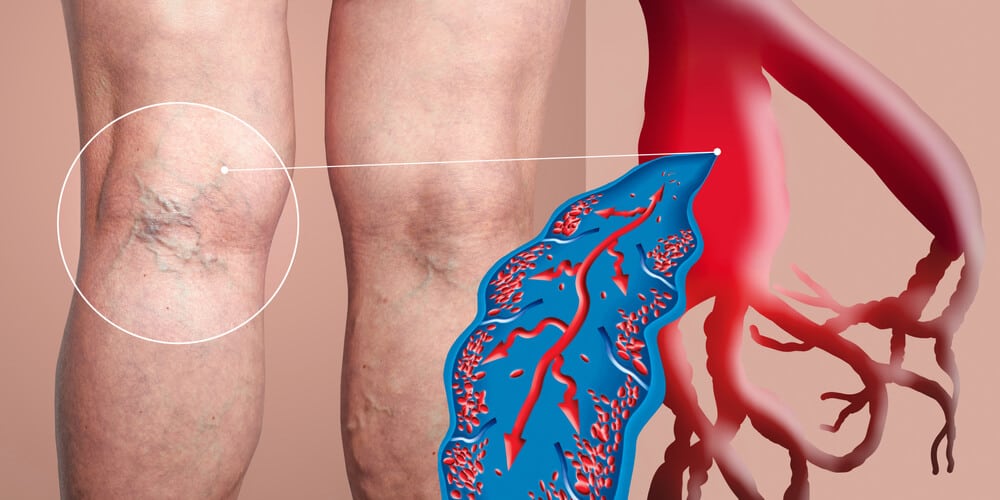Veins return blood to the heart from all the body’s organs. To reach the heart, the blood needs to flow upward from the veins in the legs. Calf muscles and the muscles in the feet need to contract with each step to squeeze the veins and push the blood upward. To keep the blood flowing up, and not back down, the veins contain one-way valves.
Chronic venous insufficiency occurs when these valves become damaged, allowing the blood to leak backward. When the veins and valves are weakened to the point where it is difficult for the blood to flow up to the heart, blood pressure in the veins stays elevated for long periods of time, leading to chronic venous insufficiency.

Around 40% of the population suffer from CVI. The most important risk factors are:

Ready to give your feet the care they deserve? Book your appointment online or call us and experience our expert podiatry services at any of our six clinic locations.